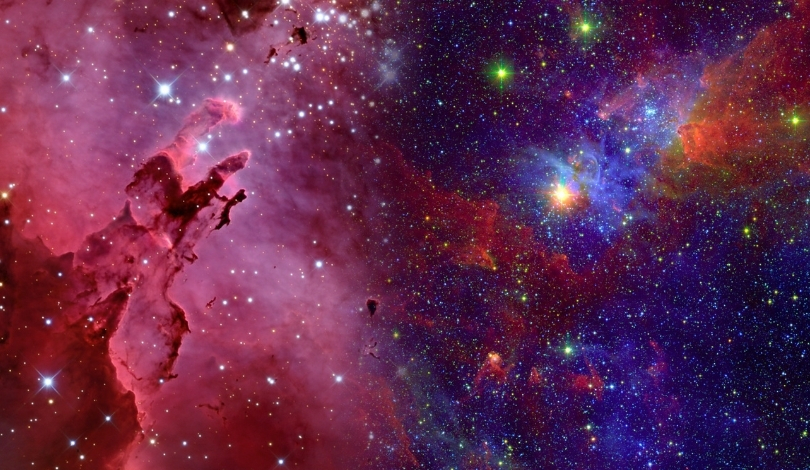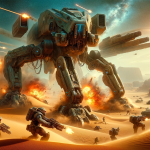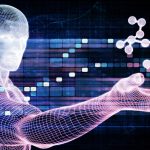Scientists are using supercomputers to create detailed simulations of the universe, which will guide upcoming space missions. Nearly 4 million images have been generated to mimic what NASA‘s Nancy Grace Roman Space Telescope and the Vera C. Rubin Observatory will observe in the future. These resources are expected to enhance the understanding of dark matter and dark energy.
OpenUniverse Project
Michael Troxel from Duke University led the OpenUniverse initiative to simulate the cosmos. A subset of 10 terabytes of data is now available, with the full 400 terabytes expected later this year. The simulations were executed using Argonne National Laboratory’s Theta supercomputer, reducing the computation time from decades to days.
The simulations incorporated the telescopes’ precise instrument performance metrics for the first time, offering an accurate preview of their observational potential. This is crucial as it helps scientists anticipate and identify faint cosmic features, aiding the study of the universe’s most profound mysteries.
Simulations Informing Observations
The Vera C. Rubin Observatory, commencing in 2025, and the Nancy Grace Roman Space Telescope, launching by 2027, will use these simulations to explore dark energy. The detailed previews allow researchers to refine data processing techniques in advance, ensuring they can immediately interpret and leverage real data once collected.
Comparing the simulated images from both telescopes will enable scientists to combine Rubin’s wide-field views with Roman’s high-resolution captures, enhancing the overall quality and depth of the data collected. The simulations will also assist in optimizing each telescope’s observational strategies and data processing pipelines.
The Nancy Grace Roman Space Telescope, set to launch by May 2027, aims to study dark energy, exoplanets, and infrared astrophysics. Managed by NASA’s Goddard Space Flight Center, it will capture high-resolution images from space, providing sharp and deep views of the universe. The Roman Space Telescope was developed through a collaboration involving NASA’s Jet Propulsion Laboratory, Space Telescope Science Institute, and other research institutions.
Earlier reports indicated the potential of combining data from different observatories to enhance cosmic research. Past simulations considered theoretical models without incorporating actual instrument performance metrics. The current simulations, however, offer a more accurate and practical approach, validating the methods and tools in anticipation of the real data from the telescopes.
Previous articles highlighted the collaboration between various scientific institutions to ensure comprehensive data analysis. The focus was on integrating ground-based and space-based observations to create a unified view of the cosmos. The new simulations advance this effort by providing specific data to fine-tune observational techniques before the telescopes are operational.
Insights and Inferences
– Simulated data allows pre-calibration of observational tools.
– Combining data from different telescopes enhances cosmic understanding.
– Collaboration across institutions is crucial for successful large-scale simulations.
Scientists from NASA’s JPL, DOE’s Argonne, IPAC, SLAC, and numerous universities have collaborated on OpenUniverse, preparing for the large datasets expected from Roman. The project ensures that when the actual data arrives, researchers will be ready to apply the most effective analytical methods, maximizing the telescopes’ scientific returns.
The detailed simulations from OpenUniverse will significantly aid the scientific community. By providing a realistic preview of what the Nancy Grace Roman Space Telescope and the Vera C. Rubin Observatory will observe, researchers can refine their methods and interpretations in advance. This preparation is expected to lead to more precise and insightful discoveries about the universe, particularly in the areas of dark matter and dark energy.
- Scientists simulate universe to prepare for future observations.
- OpenUniverse project led by Duke University’s Michael Troxel.
- Simulations improve understanding of dark matter and energy.










